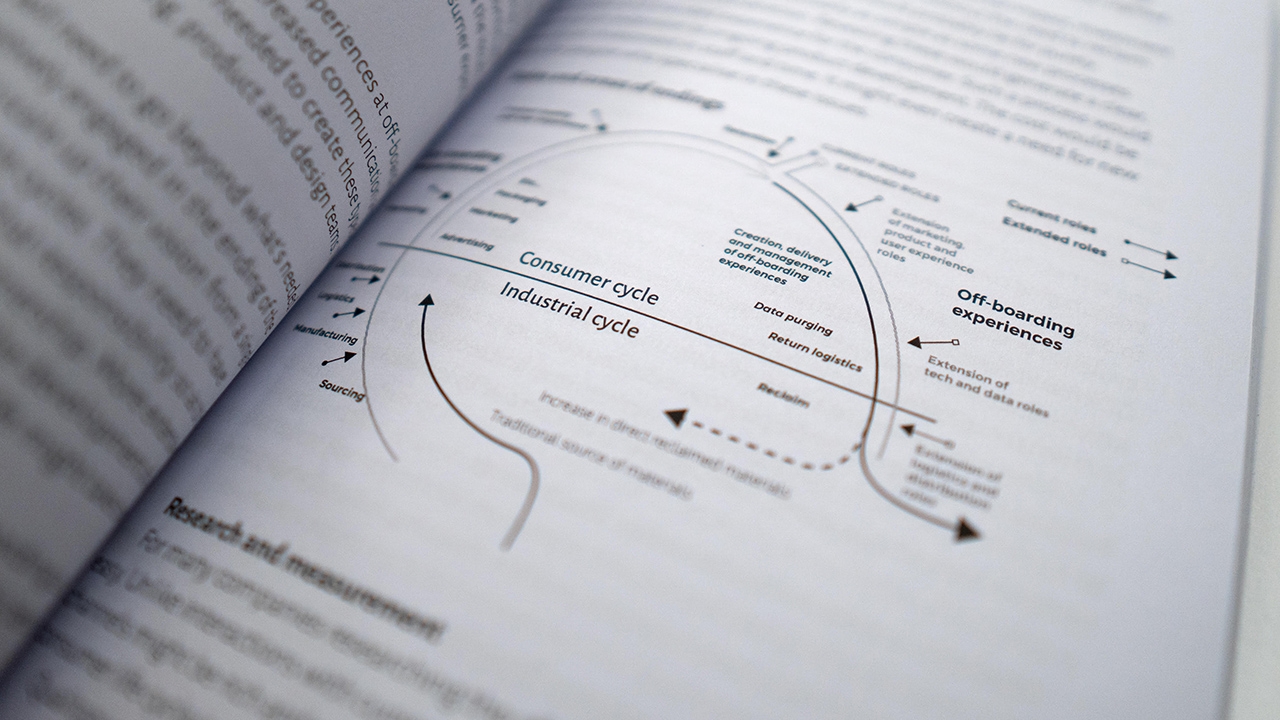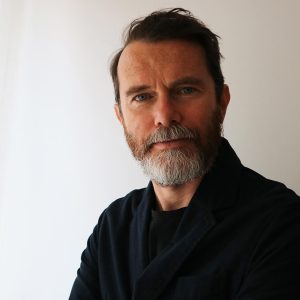Whatever your thoughts on the pledges being set at the COP26 climate change summit – and with news that despite the goals being set, we’re still on track to emit twice as much in 2030 as required to meet the 1.5-degree goal set in Paris in 2015, it’s looking murky – it’s clear that humanity is in a difficult situation.
So if this is the end of the world as we know it, how can experience design help shift the narrative? At The WXO, we believe that shifting from consumerism to experientialism – from things to experiences – is one part of the solution.
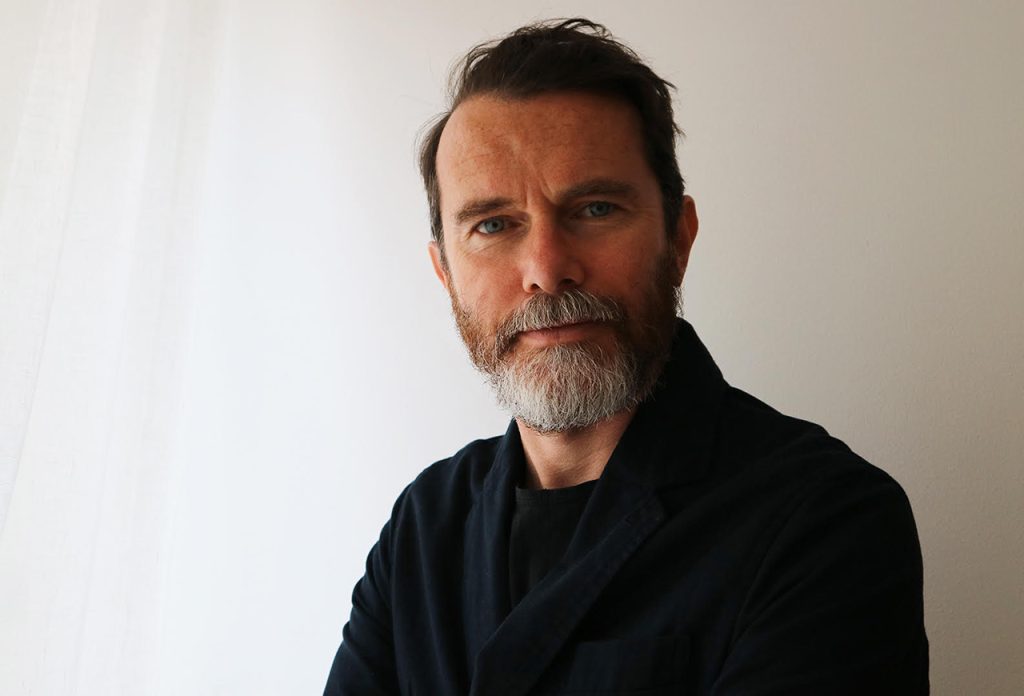
And now UX designer Joe Macleod has written a book, Endineering, explaining how we might do just this by designing better endings to our experiences (for more from Macleod, check out Campfire 1: We Began With Endineering and The 8 Types Of Endings).
Here he tells us why well-designed endings are so important – now more than ever.
The end needs experience design. Until now, it has been overlooked as a way of improving the many problems that exist at the end of the consumer lifecycle. Currently, consumers experience the jargon and legalese we see in terms and conditions, or the cold instructions we get with recycling labels.
What should be at the end of the consumer experience is a positive, bonding relationship between the provider and the consumer, which mutually neutralises the negative issues of consumption and maximises the benefits. That sounds like a job for an experience designer, doesn’t it?
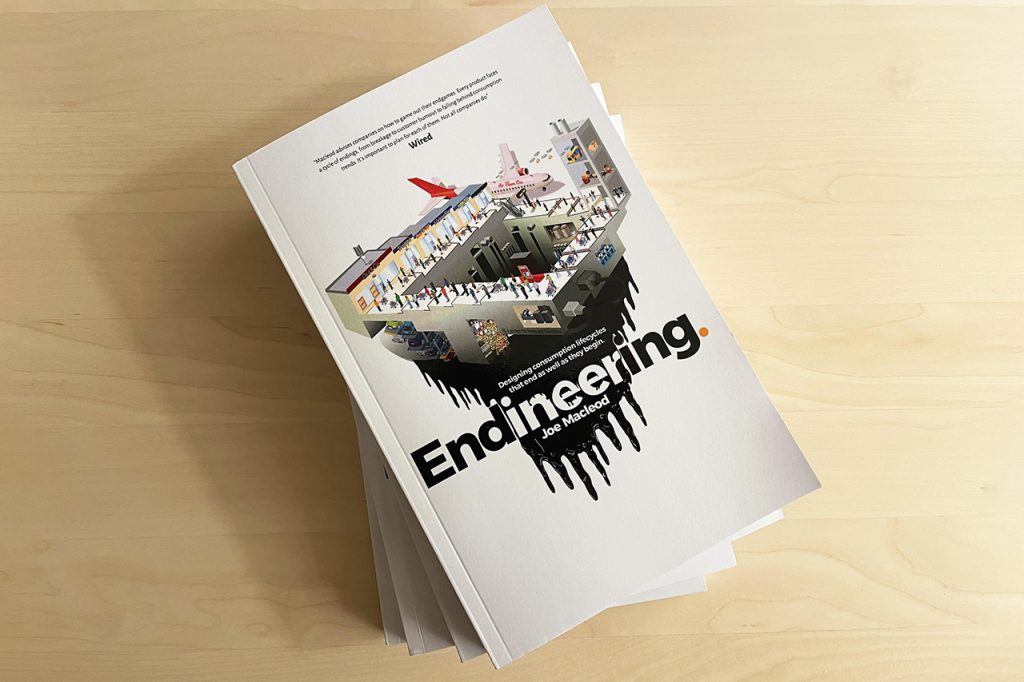
A vast majority of our industry works on providing good onboarding and usage periods for the consumer – inspiring them to take action, make changes, do better. However, few of us work on endings. And of course, endings are way worse for it. They can be not only damaging, but also wasted business opportunities. And because so little experience design work gets done in this area of the consumer lifecycle, it’s a wide-open opportunity for you to do wonderfully innovative work.
On 8 November I launched my book, Endineering: Designing Consumption Lifecycles That End As Well As They Begin. The date was chosen to consciously align with the COP26 climate change event in Glasgow and highlight the need for the experience design industry to get involved. In fact, as I write this I am midway through a three-day train journey from Stockholm to Scotland to talk at the Design Council Climate event at the V&A in Dundee about designing for the end and how it can help.
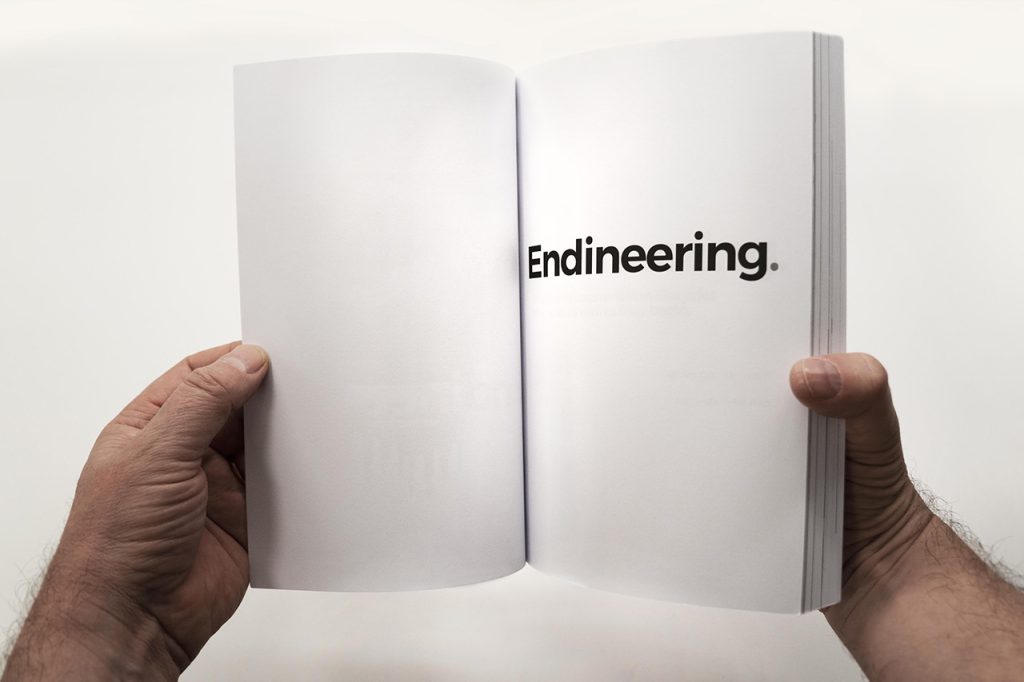
It is clear that humans need to change their behaviour. Action needs to happen across all of human activity – not least in the manner we consume. The end of the consumer experience has for too long been a place for many of these problems to linger. This needs to change. And I think experience designers have an important role to play.
Endineering is a how-to guide for designing consumer endings. It hopes to inspire people working across the physical product, digital and service sectors, providing experience designers with a range of models, methods and tools to build a broad design framework. It is a first step on the road to better consumer off-boarding experiences. Together, we can make a difference at the end.
You can buy your copy of Endineering on Amazon now.
To get more insights from experts in the Experience Economy – and to be the first to know about our membership programme, events and more – apply to join the WXO community now.

